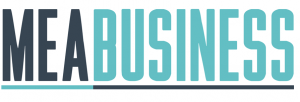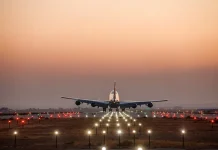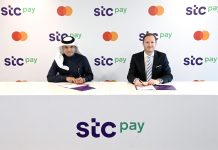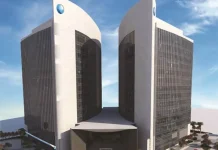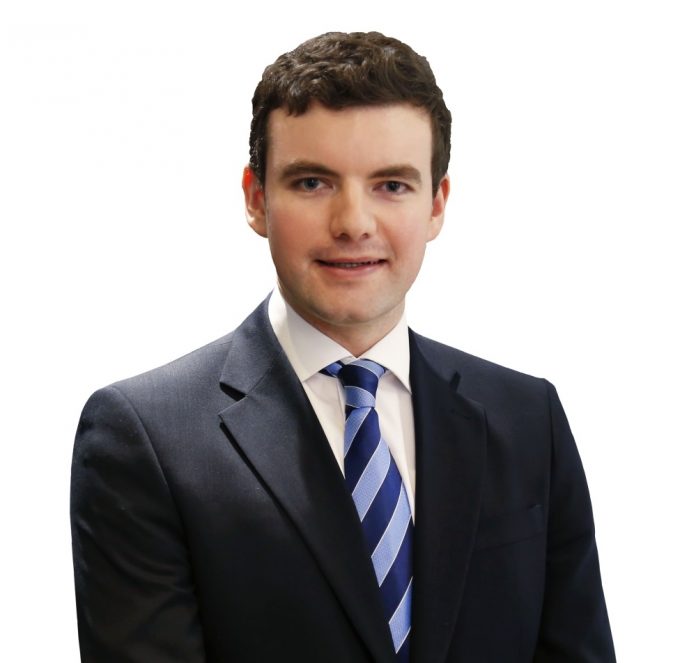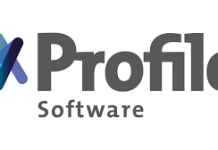Chestertons, the leading international property consultancy firm, with over 200 years of experience recently concluded their Q1 Dubai property market assessment. The results showed resilience in the first quarter, however these results will be impacted in the second quarter by the Covid-19 crises.
Chris Hobden, Head of Strategic Consultancy, Chestertons MENA, said: “Dubai’s residential sector demonstrated a resilient start to 2020, with a year-on-year increase in sales volume reflecting more positive buyer sentiment. While residential values continued to fall over the first quarter, the rate of decline lowered on both an annual and quarterly basis. The drop in new launches was also a welcome move forward for a sector where oversupply has long driven down values.
“It is likely that Covid-19’s impact will be reflected in second quarter figures, with disruption to the transactional process itself, coupled with an overall economic contraction, likely to cause near-term challenges. While Covid-19’s overall impact on Dubai real estate depends largely on the pandemic’s duration, and the nature of the public policy response, the residential sector will clearly face significant headwinds over coming months.”
In the sales market, average apartment prices were down 1.8% in Q1, denoting a notable annual slowdown in the rate of decline when compared to a fall of 3% in average values in Q1 2019. Dubai Sports City witnessed the largest price decline, falling from AED692 per sqft to AED670 per sqft, followed by Discovery Gardens where prices decreased from AED576 to AED558 per sqft.
More resilient locations witnessing declines of under 1% from the previous quarter included The Greens and International City. Average apartment prices across Dubai Land were stable, standing at AED 700 per sqft. The only area to witness a rise in average prices during Q1 was Business Bay, where sales prices increased from AED 1,000 to AED 1,007 per sqft.
Both Palm Jumeirah and The Lakes witnessed quarterly declines of less than 1% while the only area to see an average increase was The Meadows/The Springs, where average prices reached AED 832 per sqft.
“Thanks in part to the efforts of the Higher Committee for Real Estate Planning, the reduction in new launches over early 2020 is a positive step towards more sustainable levels of development,” said Hobden.
In Dubai’s apartment rental market, rates declined by 1.5% in the first quarter, however, projects indicate the short-term rental market is likely to be hampered by COVID-19.
DIFC saw quarterly rent declines of below 1%, with studio, two and three-bedroom rates holding steady in Q1. The Views witnessed the sharpest quarterly fall in average rents, at 2.3%, followed by Dubai Land at 1.9%. On an individual unit-type basis, rents for three-bedroom units at The Views saw the steepest decline, at 3.4%.
The villa rental market witnessed a moderate decline of 1.3% with the sharpest rental rate falls witnessed in Jumeirah Golf Estates and Arabian Ranches, where there were average declines of 2.2% and 2.3% respectively, compared to the previous quarter.
Several villa communities were resilient with no change to the rental rates in Q1, including Palm Jumeirah and Jumeirah Village Triangle (JVT). Average rents at The Lakes declined by only 0.7% over in Q1, with rents for five-bedroom villas remaining unchanged at AED 300,000 per annum.
“COVID-19 prevention measures started to impact the rental market over the latter half of March, with Dubai authorities announcing the suspension of evictions, applicable to both residential and commercial sectors, throughout March and April. Landlords have typically been willing to accept more lenient payment terms to assist tenants, with several major landlords announcing tenant relief packages, including short-term rent free-periods,” added Hobden.
From a transaction perspective, overall, residential transactions reached 9,591 units during Q1, representing an annual increase of 13% supported by a 20% increase in the transfer of existing properties, with off-plan sales volume rising by 9% year-on-year.
